A classic among the many GR routes (long distance footpaths in Europe) and coveted goal for any serious mountain hiker, The Tour du Mont Blanc (TMB) is a grand trek that leads around Mont Blanc in nine to eleven stages. This magnificent journey takes you through France as well as Italy and Switzerland.
The high mountain ranges are filled to the brim with beautiful scenery, but there’s something about Mont Blanc that makes it stand out from its counterparts. As you cross borders and take in different views of this snow-capped mountaintop, which towers above all others at 4,807m, you’re sure to notice how drastically its characteristics shift: One moment everything seems calm; another time rocks soar up through valleys like fingers reaching for heaven.
Whether it’s a quick weekend getaway or you’re looking to set up camp for an extended period of time, there are plenty of options within this route. It can take between 7-10 days on average if your hikes follow the traditional TMB hiking trails but I found myself taking many alternative routes which meant more scenic views.
If you’re having trouble deciding which alternative routes are worth doing and when it’s best to walk this GR route, keep reading. I’ll be sharing my top recommendations based on my experience.
Table of contents: ()
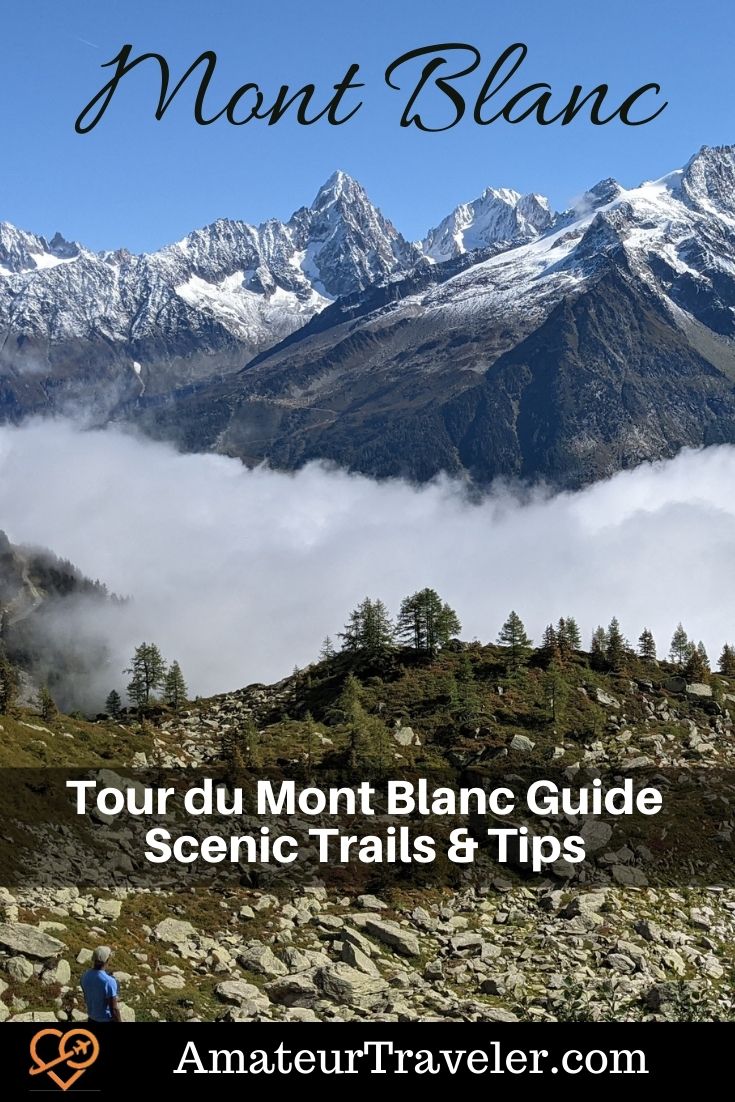
Useful Tips For Hiking The Tour Du Mont Blanc
Daypack vs Backpack
You may be wondering if you are fit enough to tackle the TMB. If this sounds like something that could tempt your limits, don’t worry. There are plenty of other routes for all kinds of hikers with different levels of gear preference and comfort zones- but no matter which route(s) someone chooses they’ll certainly find their own personal reward at completing such an arduous hike.
The only reason you should take a backpack on this hike is if you plan to sleep in the tent. You’ll pass small towns along your journey, so don’t bother carrying food other than snacks for lunch since they aren’t available everywhere and can get expensive when bought at restaurants or markets along your route.
If you plan on sleeping in mountain huts and hotels, opting for a daypack is your best option. The biggest advantage of taking this route over carrying more gear or even just clothing is that it reduces weight – which can help reduce knee pain during ascents/descents. Considering you plan to walk roughly 170 kilometers, the lighter your pack is, the better.
Sleeping In A Mountain Hut VS Sleeping In A Tent
The TMB is a popular hiking trail and so busy during the summer. Moreover, wild camping is only allowed above 2,500m where most people find it too cold to sleep in a tent at night time. If you plan on staying out there past sunset then it’s best to either book your stay ahead of time or find some other place closer to town.
There’s a great website called montourdumontblanc.com that features accommodations run by the Association of Caregivers Tour du Mont Blanc and Gites. All TMB properties are mentioned on this site, but not all mountain huts, B&Bs, and gîtes d’étape.
The second site, autourdumontblanc.com, includes L’Espace Mont Blanc, a cross-border project of the Chamonix Valley and Switzerland that focuses on the protection of the Mont Blanc massif. The site features a list of accommodations. Make sure to carry cash as most huts don’t accept cards.
Outdoor Gear
Make sure to bring only the most important and lightest gear with you on this backpacking trip. To ensure you carry only the essentials, check a backpacking checklist list before embarking on your trip.
Here’s a list of the gear I’d take on the Tour du Mont Blanc if I were to do it again:
- Lightweight tent
- Waterproof hiking boots
- Sleeping bag (This is also mandatory for some mountain huts)
- Sun hat
- Powerbank
- Hiking sticks
- Enough thermal clothing (It gets very cold in the mountains, especially if you sleep in a tent)
- Poncho

Last day hiking from Chamonix towards Les Houches
The Recommended Hiking Trails For TMB
As you plan your TMB trip, my advice is to not go before mid-July, as some trails might still have snow due to their elevation above sea level. That said, the official TMB is fairly snow-free and the best time to hike this trail is September with less tourists and mild temperature. However, most cabins close in mid-Septermber so make sure you plan well ahead in which mountain huts you want to spend the night.
The most beautiful parts of the Tour du Mont Blanc are often decided by what you’re looking for. Nevertheless, I heartily recommend the following routes of the Tour du Mont Blanc:
Les Houches – Contamines
The TMB is a challenging hiking trail that circles Mont Blanc. You can start in Les Houches, France, which is the official starting point, and finish at the same place as your starting point. Unless you are traveling by car, the best way to get there would be by train.
From here, we decided to head towards Contamines as we read that this hiking trail is easier on the knees during ascent than on the descent. This is also what I would recommend but no one is stopping you from hiking clockwise and heading towards Chamonix instead.
Hiking is a great way to get some fresh air and enjoy nature. But what if you want something more challenging? What about going on an off-the-beaten-path, or even technically difficult trails that will make your heart pound with excitement as well as difficulty.
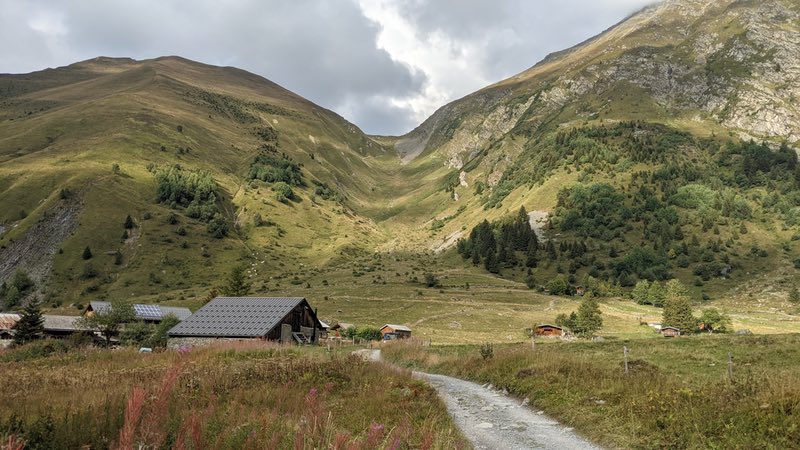
col de Tricot
These two options can be found at Les Houches – Contamines; the first being shorter but less spectacular than its counterpart while still providing good exercise (and perhaps inspiration). The alternative route takes you over a Nepalese suspension bridge and the Col de Tricot mountain ridge for added thrill factor without sacrificing any scenic views.
We took the alternative trail which leads from Bellevue mountain station via an increasingly rocky path through a forest and up to Col de Tricot. The hike to Contamines took us 11 hours as we decided not take the cable car at Bellevue mountain station. In all honesty this was quite strenuous on our knees with all of that ascent and descent not to mention carrying a backpack full of camping gear.
My advice here would be to take a daypack and sleep in huts or hotels if you want the most out of your experience without suffering as much. If you are quite adventurous, then know that things become easier after 2-3 days of hiking.
Contamines – Refuges des Mottets
Upon arrival in Contamines, you will have different types of accommodations for spending the night. There’s also a designated campsite if you want to make use of your camping gear.
Depending on your level of fitness and available time, you can choose to hike from Contamines to Refuges des Mottets (1,870 m) via the official TMB trail or the alternative route. We went with the alternative trail as it passes through several mountain ridges, but the official TMB route is a good choice if it’s raining or you want to take the bus.
If you do decide to do the alternative trail, then you should expect a wonderful ridge walk from Mont Joly to the Aiguille Croche. It is without a doubt the most beautiful trail given its scenic view of Mont Blanc and the Rochers des Fiz. However, this trail is only snow-free starting mid-July which is why I recommend going in September to also avoid the crowd.
When you reach Refuge de Nant Borrant, you can choose whether to carry on to Refuges des Mottets or stay for the night. The hike from Contamines to Refuge de Nant Borrant took us about 12 hours.
It takes about 8 hours on average, but because of our big backpacks, it took us longer. As such, we were in no shape to continue our journey after we arrived at Refuge de Nant Borrant, as you may guess. Fortunately, a free campsite approximately a 6-minute walk from the Refuge was available where we could pitch our tent.
We started our journey the next day towards Refuges des Mottets. There are few suitable alternatives for this section of the TMB route so you may find yourself delayed in traffic. That isn’t necessarily a bad thing, because the nature there is incredibly diverse.
Refuges des Mottets is also the last stop you will make in France before crossing the border to enter Italy.
Refuges des Mottets – Champex-Lac
The landscape changes dramatically once you cross the Col de la Seigne, the Italian border. The Val Veny and Val Ferret exhibit the most magnificent side of the Mont Blanc massif, because, as lovely as the French side is, the Arête du Brouillard, Mont Blanc’s vast south ridge, is surrounded by an unprecedented quantity of jagged glaciers, white summits, and graceful granite mountains.
You’ll pass through Courmayeur, a little Italian town where you can have lunch, on your way to Champex-Lac. If you’re traveling with a large group, consider choosing a hotel with wellness facilities, as we did. We were able to reserve a 5-star hotel with a sauna, swimming pool, and hammam for $60/night due to the fact that Courmayeur is only designed for winter tourism.
Rifugio Walter Bonatti (2025m), named after the great Italian mountain climber Walter Bonatti, is the next stop I would highly recommend. The view of Mont Blanc on a sunny day is extremely breathtaking, which is why most tourists prefer to pass by this hut and stay the night.
When you travel over Grand Col Ferret on your way to Champex-lac, you will cross the Italian-Swiss border. If you still want to undertake a different trail, stop in Praz-de-Fort and take the Arpette trail. However, be aware that the ascent and descent are rather strenuous and should not be attempted if it is raining.
Since the elevation is quite high, the rain will turn into snow and/or ice at that altitude making the hiking trail very dangerous.
Champex-Lac – Les Houches
Champex-Lac is a little town with all the amenities, including a fantastic bakery and a campground. However, because you are still in Switzerland, you must cross another mountain slope to enter France. This is what you may expect as you cross the Col de Balme and see the Mont Blanc once again.
The TMB’s final is amazing. Up to the penultimate step in Les Houches, the core of the Mont Blanc region may be viewed. The path itself, as well as the viewing enjoyment, is first-rate. Because it passes through the Aiguilles Rouges Reserve Naturelle, one of France’s most stunning natural landscapes. You can choose to pass through Chamonix depending on the track you choose.
Key Insights & Takeaways
In conclusion, the TMB is completely achievable if everything is planned ahead of time. In the valley, you may easily find (expensive) lodging on short notice, but in the mountains, planning ahead is highly recommended.
Important: If you are unable to use your reservation, please cancel as soon as possible so that the innkeeper is not left with empty beds. Because many hikers do not follow this golden rule, you will frequently be required to pay in advance, particularly on the TMB. Also, you won’t be able to pay with a credit card anywhere, so pack enough cash.
After September 15, you can walk the TMB, but you’ll have to either take very lengthy hikes and spend the night in the valley, or combine camping with staying in the club huts’ winter rooms.
Happy Hiking!
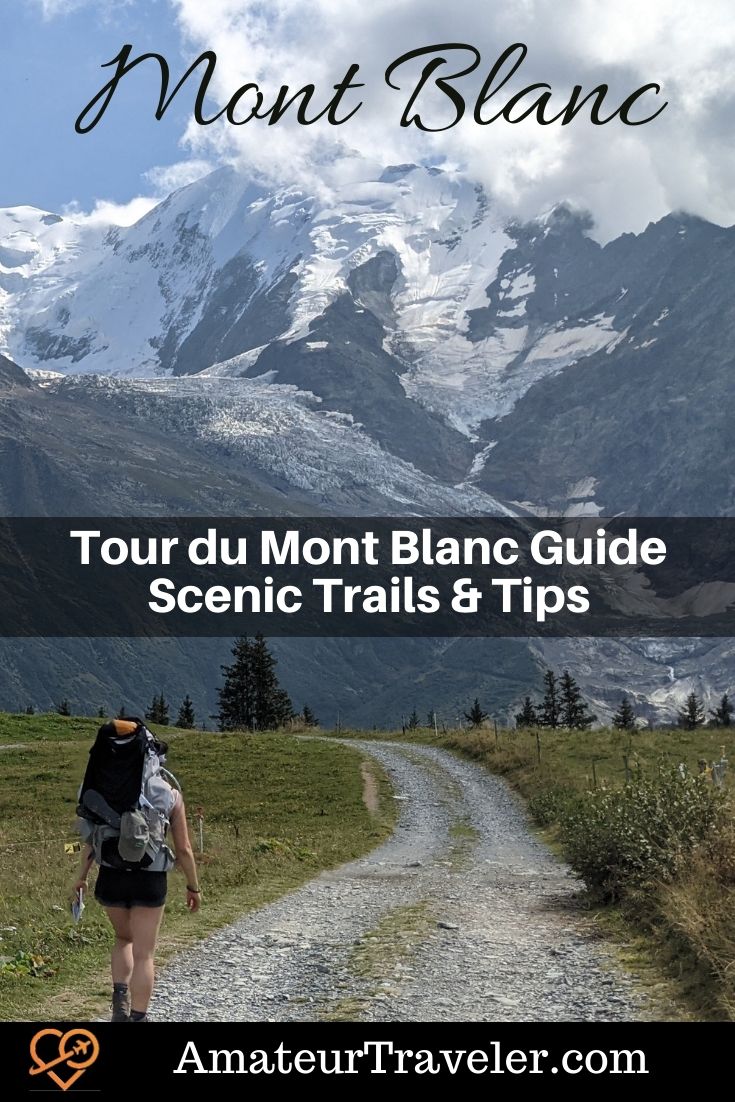
Leave a Reply
Tags: alps, article, france, italy, mount blanc, switzerland, trekking

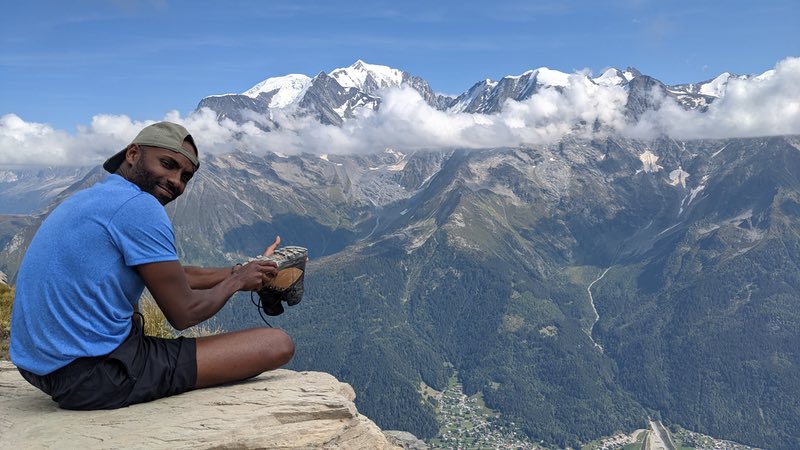

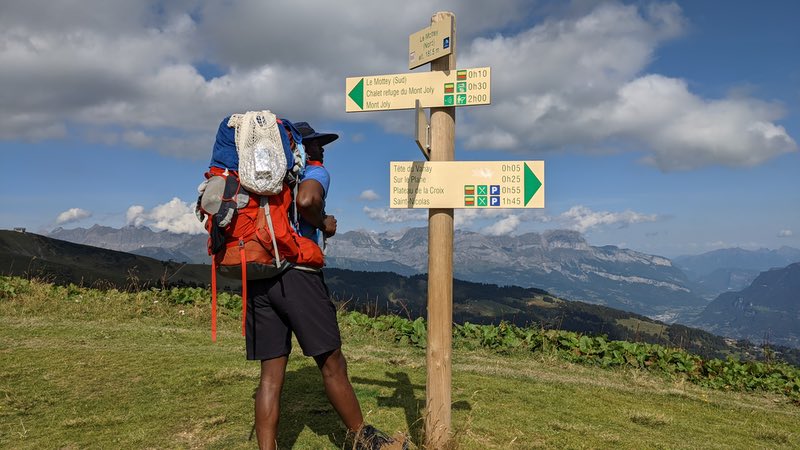

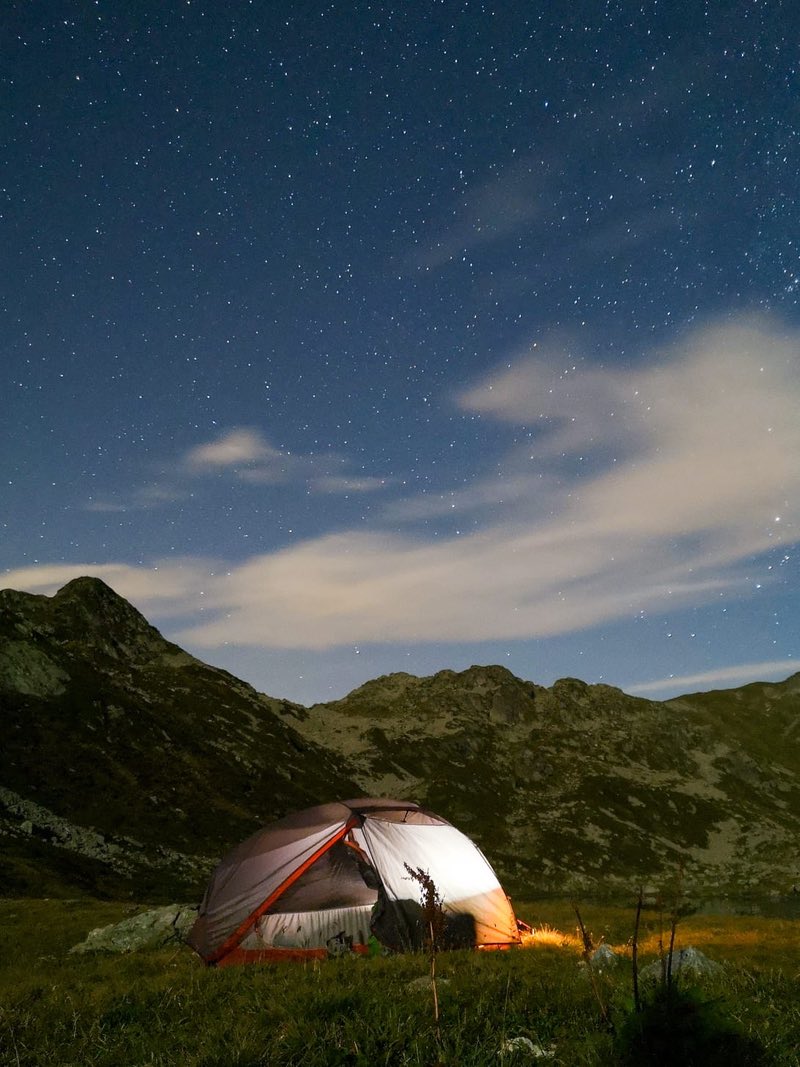

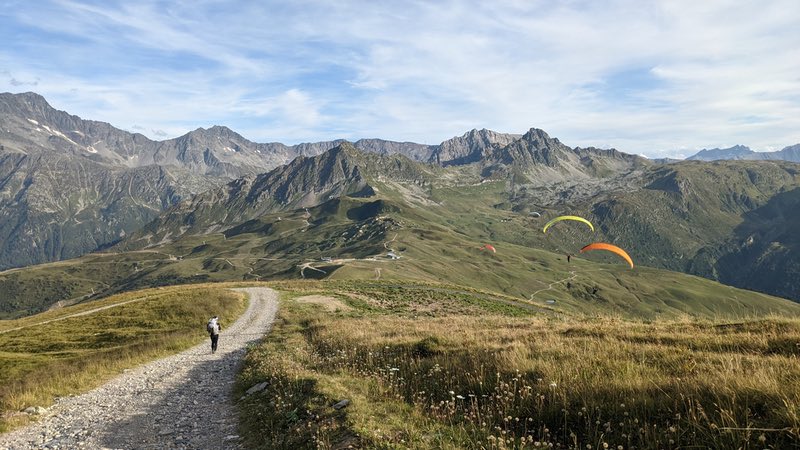
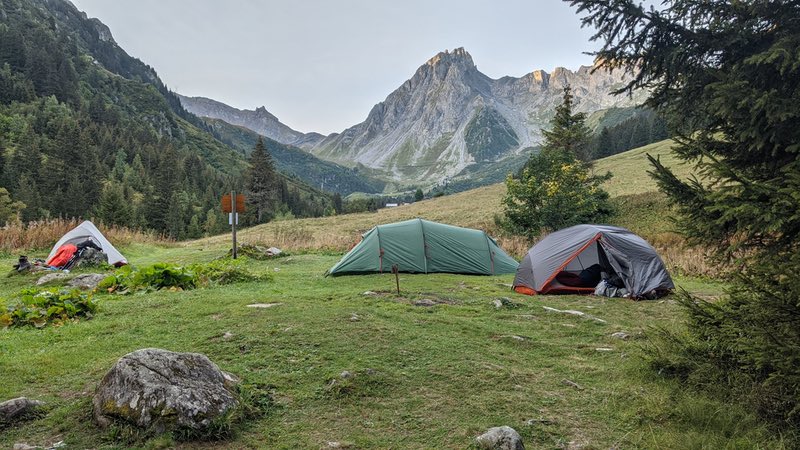

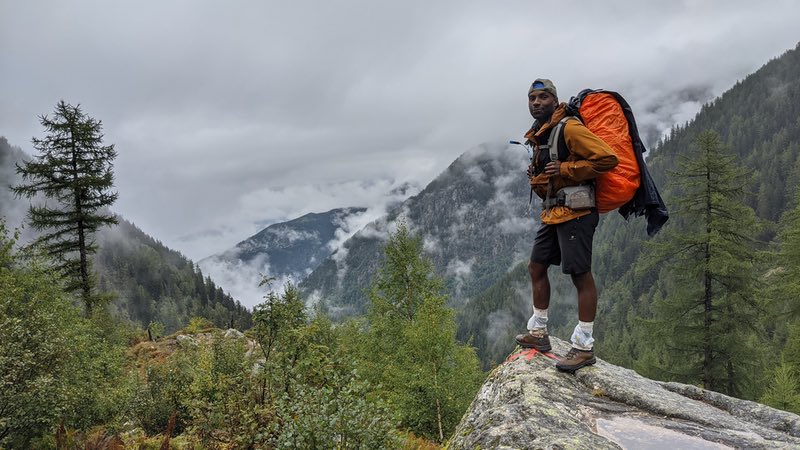
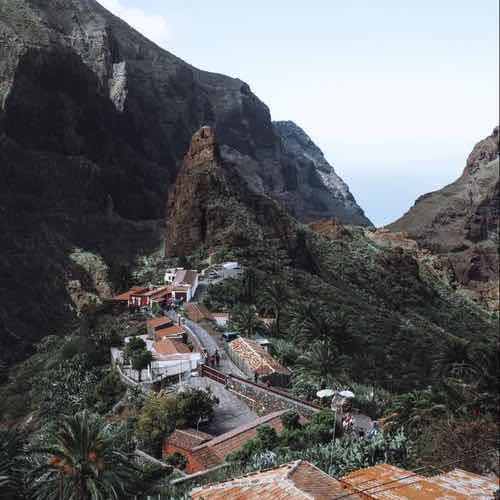 10 Best Hiking Trails in Tenerife – Canary Islands
10 Best Hiking Trails in Tenerife – Canary Islands Tips for Hiking in the Dolomites
Tips for Hiking in the Dolomites Rome Walking Tour – A VIP tour of the Roman Colosseum, Palatine Hill and Forum (Review)
Rome Walking Tour – A VIP tour of the Roman Colosseum, Palatine Hill and Forum (Review)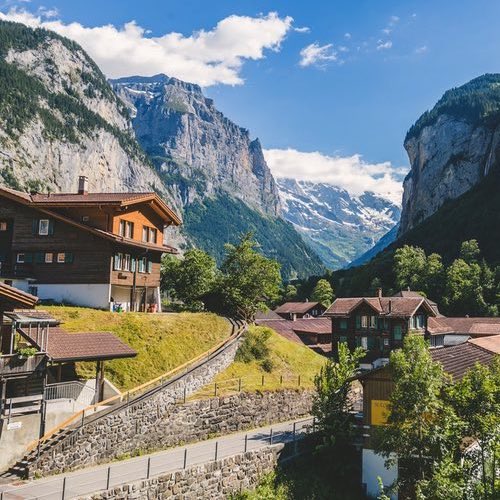 7 Days in Switzerland Itinerary: Travel Guide
7 Days in Switzerland Itinerary: Travel Guide

